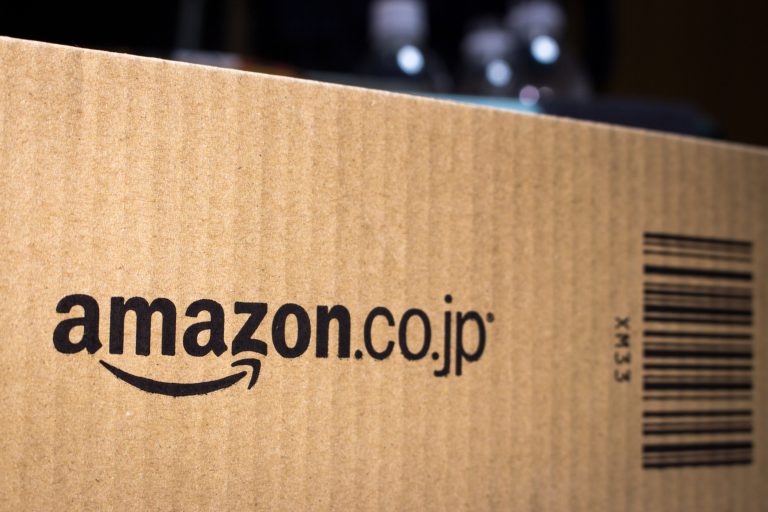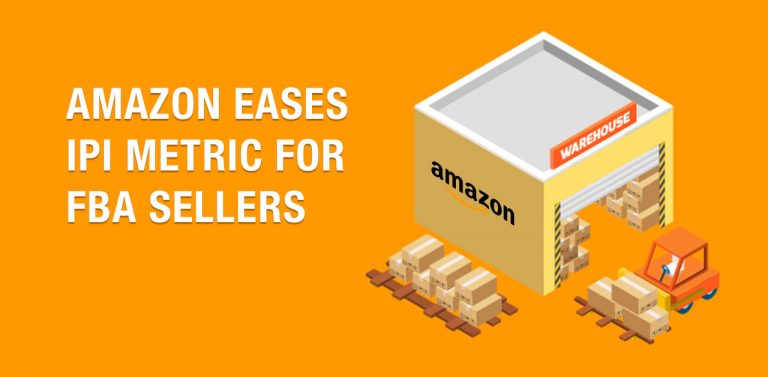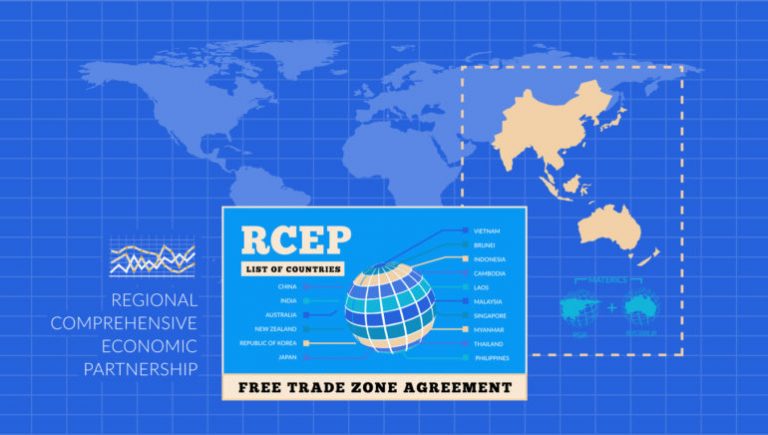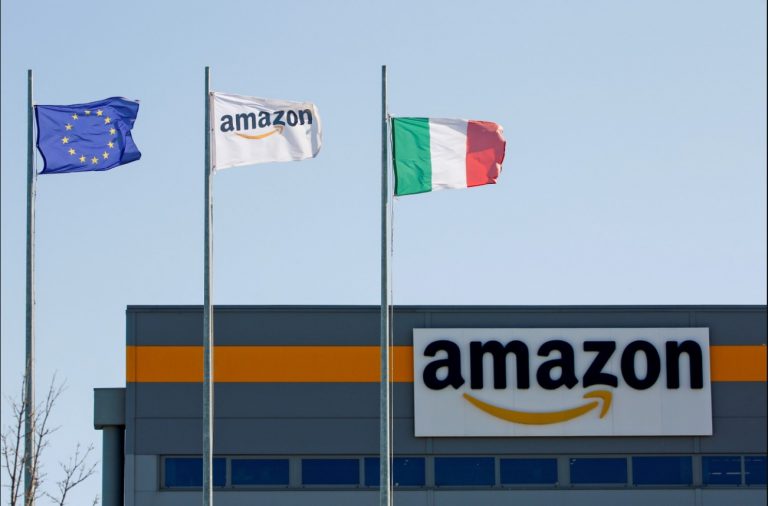What are the benefits of RCEP for cross-border e-commerce?
“Regional Comprehensive Economic Partnership Agreement” officially entered into force Just after midnight on New Year’s Day in 2022, at the RCEP pilot innovation test base in Qingdao, Shandong, my country’s single window for international trade has launched the RCEP certificate of origin application module, and other member states in the region have also started to issue RCEP certificates of origin simultaneously. This means that the free trade agreement with the largest population, the largest scale of economy and trade, and the most development potential in the world-the Regional Comprehensive Economic Partnership Agreement has been officially implemented.
From now on, companies can click on the application module to enter the RCEP certificate of origin declaration interface and enjoy RCEP’s tariff reduction.
In the early morning of January 1st, at the RCEP Pilot Innovation Test Base in Qingdao, Shandong Province, the customs officers of Qingdao Customs issued the RCEP certificate of origin for a batch of calcium chloride exported to Japan. This is also the country’s first RCEP origin certificate. Certificate of origin. With this certificate, the export company can save nearly 10,000 yuan in taxes with just this batch of goods.
Liu Kun, Business Manager of Shandong Qingdao Gulf Group Co., Ltd.: Previously, the tax rate levied on imports of products in Japan was 3.3%. After RCEP took effect, its tariff became 3%. The tariff on this product will be reduced to 0 year by year in the subsequent implementation of RCEP. Therefore, after a comprehensive calculation, the tariff reduction that we can enjoy for Japanese exports in the first year is about 1 million yuan.
According to customs statistics, in the first 11 months of 2021, the total value of China’s imports and exports to the other 14 RCEP member states was 10.96 trillion yuan, accounting for 31% of my country’s total foreign trade value. After the agreement enters into force, the largest reduction in tariffs will be imported machinery, plastic products, electrical machinery and electrical equipment, as well as exported textiles, luggage, and plastic products.
Bi Haijun, Director of Customs Tariff Department of Qingdao Customs: After the completion of the tax reduction process, about 90% of the products can enjoy zero tariffs. In 2022, Shandong’s export products can enjoy a tariff reduction of 380 million yuan in the region; after the completion of the tax reduction process, Shandong’s imported products can reduce tariff costs by about 900 million yuan.
90% of goods traded products in the region will have zero tariffs, After the RCEP takes effect, the tariffs on many imported consumer goods will be reduced, and our ordinary consumers can enjoy the benefits of the entry into force of the agreement. So, which imported goods have lower tariffs?
Fang Hui runs a store in the Imported Goods City of Yiwu, Zhejiang. The store mainly sells imported fresh-keeping boxes, kitchenware, cleaning supplies, etc. Fang Hui told reporters that more than 80% of the goods in the store can enjoy RCEP tariff concessions. So she hurriedly added orders with foreign sellers.
Fang Hui, an operator of China Import Commodity City in Yiwu, Zhejiang: For example, the retail price of this Xueping Pan is 258 yuan. After enjoying the RCEP tariff preferential policy, the retail price can be reduced by 40 yuan. There is also a bowl rack drain basket. The retail price of is now 105 yuan, after enjoying the RCEP tariff preferential policy, its price can drop by about 20 yuan.
It is understood that after the agreement comes into effect, the immediate zero-tariff ratio between my country and ASEAN, Australia, and New Zealand will exceed 65%. In 2022, 24.9% of China’s products will be open to Japan with zero tariffs, and 55.5% of Japan’s products will be opened to China with zero tariffs, and more products will be reduced in tax year by year.
Cao Zhongying, Section Chief of the Second Comprehensive Business Section of Yiwu Customs under Hangzhou Customs: After the RCEP is fully effective, zero-tariff products in goods trade in the region will reach about 90%.
Cui Fan, professor of the School of International Economics and Trade, University of International Business and Economics: Like speakers and American ginseng, zero tariffs are implemented in the first year, which will have a certain impact on prices. However, the tax reduction of most products is a gradual implementation process, such as electric ovens and microwave ovens. The 15% tariff is gradually implemented in 10 years. After 10 years, it will become zero tariff. Some products are less expensive in the final consumer price. It takes a process to reflect.
The RCEP agreement reduces the tariff cost of cross-border trade between member parties. Among them, the traditional high-tax rate industries are the most affected, such as food, agriculture, consumer goods and automobiles. In the future, consumers will buy Japanese cars, Australian skin care products, New Zealand honey, and Malaysian fruits at cheaper prices.
Standards are more unified and communication is more convenient, Not only is tariff reduction, RCEP also brings a more unified standard and a more convenient environment for the circulation of elements. Tu Xinquan, Dean of the China Institute of World Trade Organization of the University of International Business and Economics, said that my country has become a contracting party to the same agreement with Japan, Southeast Asia and other countries, and the rules of origin, customs procedures, inspection and quarantine, technical standards, etc. will be unified, which will create stability for companies in various countries. , Freedom, Convenience and Interconnected Quality Business Environment.
The certificate of origin is a certificate of the “nationality” of the goods, and an important certificate for exporting enterprises to enjoy preferential treatment such as tariff concessions in the importing country. With the entry into force of the RCEP agreement, the customs will issue certificates of origin for enterprises, and enterprises can enjoy RCEP tariff reductions by virtue of the certificates of origin.
In order to allow enterprises to better enjoy the policy dividends of the RCEP agreement, the customs has vigorously promoted the approved exporter policy, that is to say, enterprises that meet the relevant qualifications approved by the customs can independently issue a declaration of origin without applying for a certificate of origin from a visa agency , Enterprises can arrange production and export more flexibly.
In addition, a highlight of the RCEP agreement is the cumulative rules of origin. Products and raw materials originating in member states can be accumulated and included in the final product as originating ingredients. ASEAN countries can use the RCEP accumulation rules to order parts and components from Chinese automakers for domestic vehicle manufacturing, which will also greatly expand the automakers’ parts export market.



